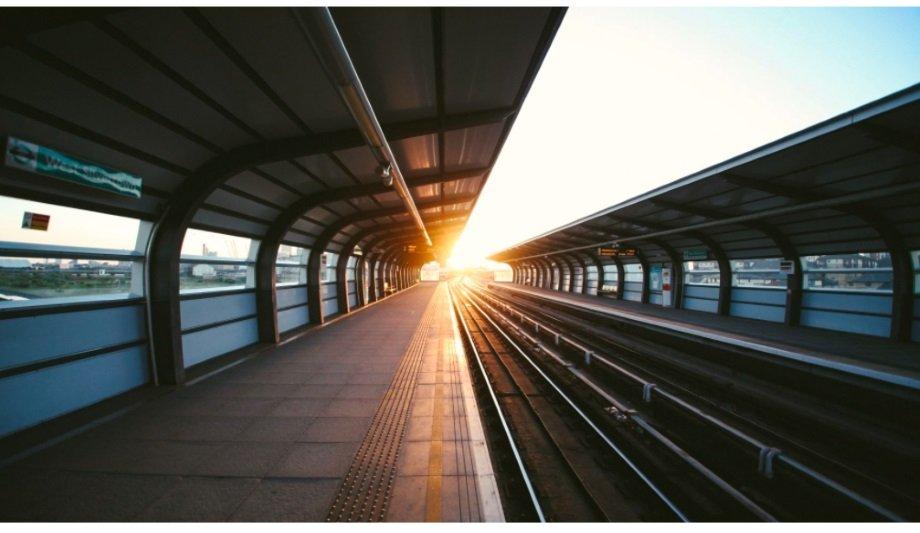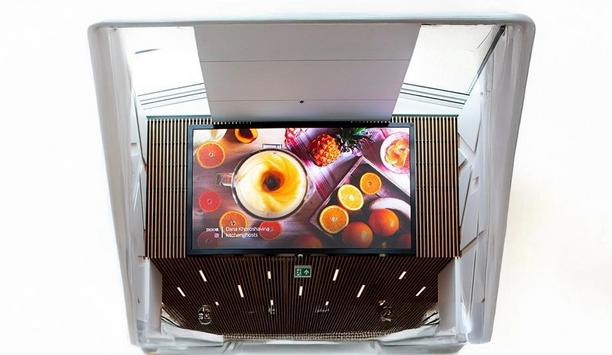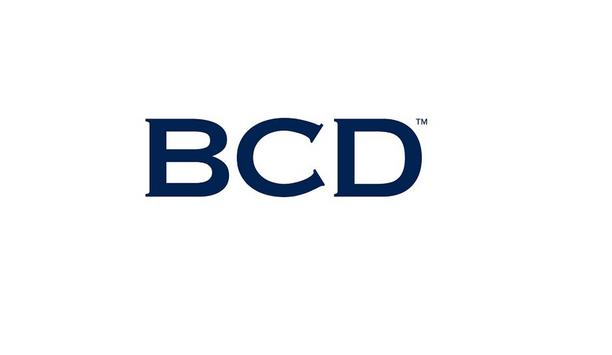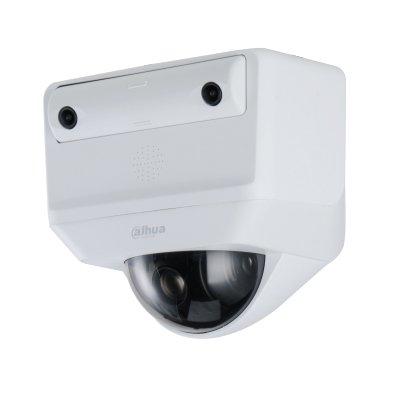Profound changes have occurred due to the COVID-19 pandemic and therein lies opportunity. As Steve Jobs once said, ‘Innovation is the ability to see change as an opportunity – not a threat.’ For the rail sector, changes on the horizon are to be embraced as a way to make services more efficient and protect passengers and workers.
Rail remains one of the safest forms of transport. However, there are still risks that need to be mitigated. For example, 2020 was the worst summer in five years for trespassing. As people came out of lockdown, cases of trespassing rose.
Intelligent video analytics
In particular, people trespassing on the tracks to take photos were acknowledged as a rising issue. As the nation recovers from the pandemic, and people return to working from offices and other locations, the pressures on the rail network will only increase.
This offers unparalleled opportunities for rail leaders to keep passengers safe
Simultaneously, emerging technology like the Internet of Things (IoT) and smart cities are becoming more mainstream. This offers unparalleled opportunities for rail leaders to keep passengers safe, reduce trespassing, monitor their rail networks in greater detail, and find new areas for service and cost optimisation. Combining camera and audio feeds, and sensor data, with intelligent video analytics, will enable organisations to quickly respond to emergencies and situations requiring immediate intervention.
Thermal imaging cameras
Thermal imaging cameras can monitor for fire in a station, for example, or possible trespassing in an unsafe or restricted area. For stations that are often left unmanned, having this oversight from a central control room can prove invaluable to responding rapidly and reducing possible consequences.
On a day-to-day operational level, camera feeds overlaid with occupancy counters could measure the number of people on a concourse or travelling on a train.
Occupancy counters set up in football stadiums are aiding social distancing efforts
This could be used to inform staffing levels in stations and timetables, particularly as people return to work and passenger numbers fluctuate. Similarly, it could be used to support social distancing measures, for as long as those remain in place. Occupancy counters set up in football stadiums are aiding social distancing efforts and helping event leaders understand the optimum number of seats in a given space.
Rail operations teams
Similar applications can be found for rail operations teams looking to optimise seating in a train while adhering to public health measures. For greater accessibility support, for example for wheelchair users, a video system could pick up when a passenger will require more support at their destination and alert station staff beforehand to ensure the set up of a ramp and be available to guide the passenger on arrival.
Camera footage can also detect crowd formation, similar to systems already in use at major events and in city centres. Where crowd formation isn’t allowed (for social distancing or other safety reasons) then on-site staff can be alerted quickly to disperse a crowd. If a bottleneck occurs that will delay people’s journey through a station, integrations with digital signage can quickly communicate alternative routes through the concourse.
Transport police systems
Every station, train, and franchise would benefit significantly from ‘back to basics’ upgrades
Audio sensors on a platform could also pick up aggressive or unusual behaviour that requires security or local police intervention. This improves safety for station staff and passengers, particularly in quieter stations. Video and audio feeds can also be integrated with local or transport police systems for proactive intervention and to collect evidence if criminal proceedings are undertaken. This can act as a deterrent against anti-social behaviour, pickpocketing, vandalism and other crimes.
Evidently, there are many use cases for video analytics, camera and audio feeds, and sensor data across the rail network. However, legacy estates are hindering progress for many organisations. Every station, train, and franchise would benefit significantly from ‘back to basics’ upgrades that future proof their systems and take advantage of today’s technologies.
Open video solution
Investing in an open video solution will counter some of the practical barriers to implementing video analytics, surveillance solutions, IoT technology and other emerging tools. Concerns around bandwidth and connectivity, for instance, can be addressed by limiting the amount of bandwidth used by on-site devices and instead, distributed to a control room via the cloud.
Investing in an open video solution will counter some of the practical barriers
Likewise, different franchises and stations have different devices installed and differing requirements. An open system gives the flexibility and scalability needed to integrate with existing video and sensor devices, plus adapt to different needs.
Significant time of disruption
Having an open system working across the majority of the rail network, integrating with every device, provides a level of standardisation that can improve safety and efficiency throughout the sector. As the UK emerges from a significant time of disruption, rail leaders have a chance to challenge the status quo and strengthen the rail network.
By investing in future-forward solutions like the IoT, video analytics, and open platforms, the sector can better meet the needs of today’s passengers while preparing stations and trains for the passengers of tomorrow.
















